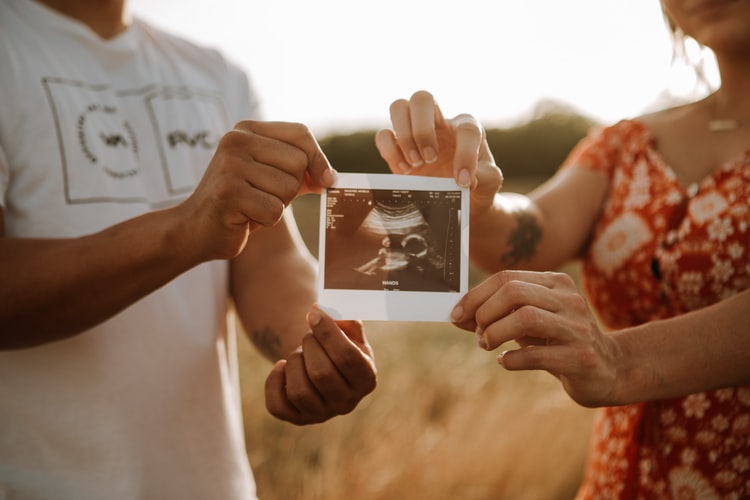Microplastics in the placenta is a “matter of great concern”. It can possibly interfere with fetal development.
Microplastics are smaller pieces and shreds of plastic that can be a result of commercial product development or from the breakdown of larger pieces of plastic. Officially, they are defined as plastics less than five millimetres (0.2 inches) in diameter. This is a consequence of plastic pollution in the environment. They are non-biodegradable. Reportedly, by 2018, in marine and freshwater ecosystems combined, microplastics had been found in more than 114 aquatic species.
In a “matter of great concern,” scientists find microplastics in the human placenta for the first time. This has led to the fear that this pollutant and its chemicals can possibly interfere with fetal development, according to this new study.
Is placenta important? Duh. However, let us revise.
The placenta is a temporary endocrine organ formed during pregnancy. It contains a network of blood vessels that allow the exchange of nutrients and gases between the mother and the developing fetus. Blood vessels in the placenta bring oxygen and nutrients to the fetus and remove waste products.
The highlights of the Italian study published in early December are as follows:
- For the first time microplastics were detected by Raman microspectroscopy in human placentas.
- Microplastics were found in all placental portions: maternal, fetal and amniochorial membranes.
- Microplastics carry with them substances which acting as endocrine disruptors could cause long-term effects on human health.
According to the study, six human placentas from consenting pregnant women were analysed for the presence of microplastics. Out of the total six, four placentas had traces of microplastics in ranging fragment sizes and shapes. There were 12 microplastic fragments. Nine out of those were all used for man-made coatings, paints, adhesives, plasters, finger paints, polymers and cosmetics, and personal care products.
“Due to the crucial role of placenta in supporting the foetus’s development and in acting as an interface with the external environment, the presence of potentially harmful plastic particles is a matter of great concern,” the team writes in their report.
“Further studies need to be performed to assess if the presence of microplastics may trigger immune responses or may lead to the release of toxic contaminants, resulting in harm.”
The authors of the study said that only a small amount of placenta was analysed suggesting the amount of microplastic was much higher. The study also suggests that once microplastics are in the human body, they can also reach placenta tissues “at all levels”.
The authors declared that there is an uncertainty of how the microplastics reached the bloodstream of the women. Probable reasons were: either through the respiratory system or the gastrointestinal system.
Dr. Antonio Ragusa, director of the Uoc Obstetrics and Gynaecology Fatebenefratelli hospital in Rome, where the research was conducted, told the Daily Mail the findings were very worrying.
“When I saw for the first time microplastics in the placenta, I was astonished,” he said.
If it helps, the kids from the recent study are seemingly healthy as of now.
However, this leaves us with a question, how much plastic will our body or younger generations be able to handle?

